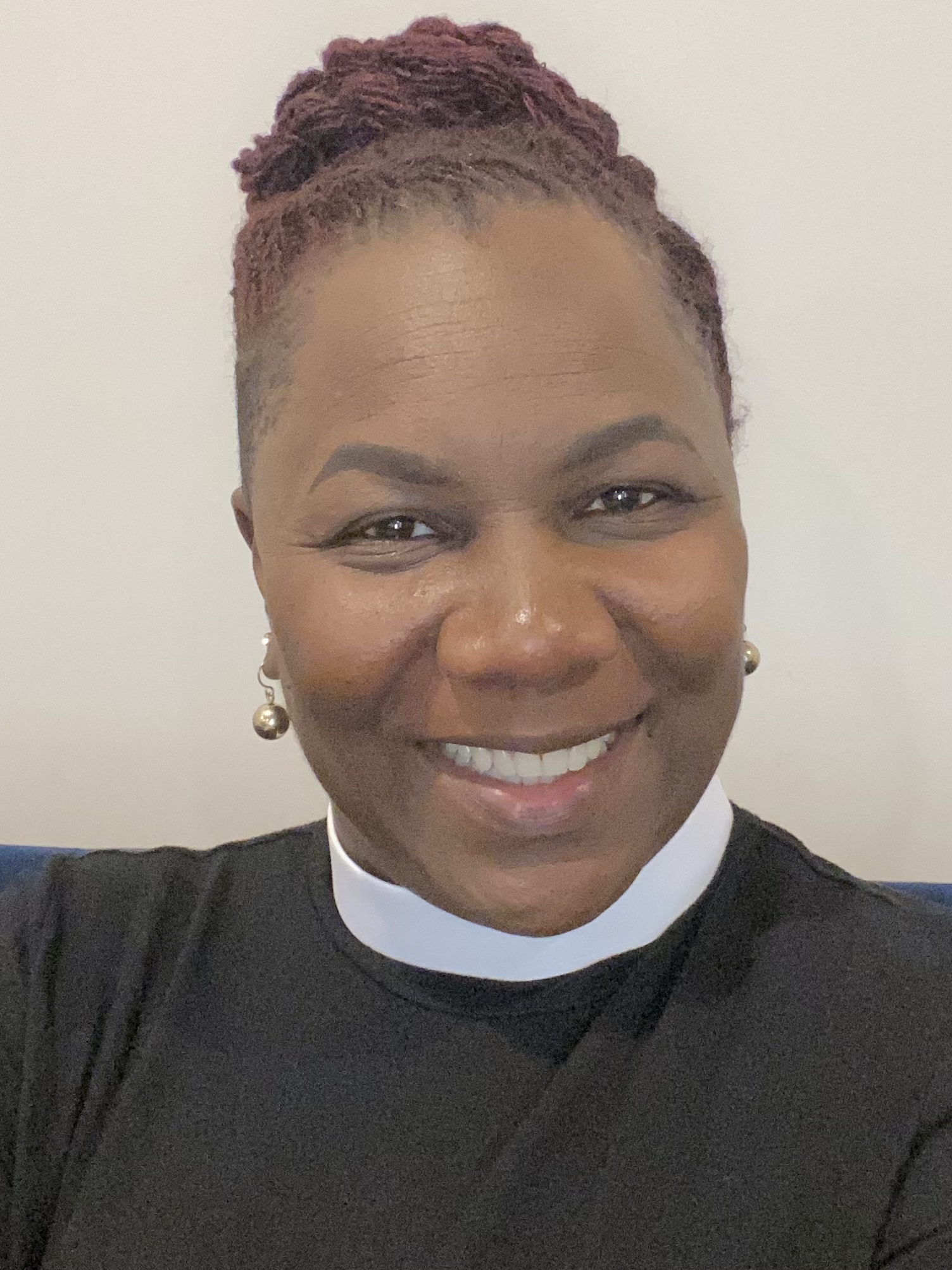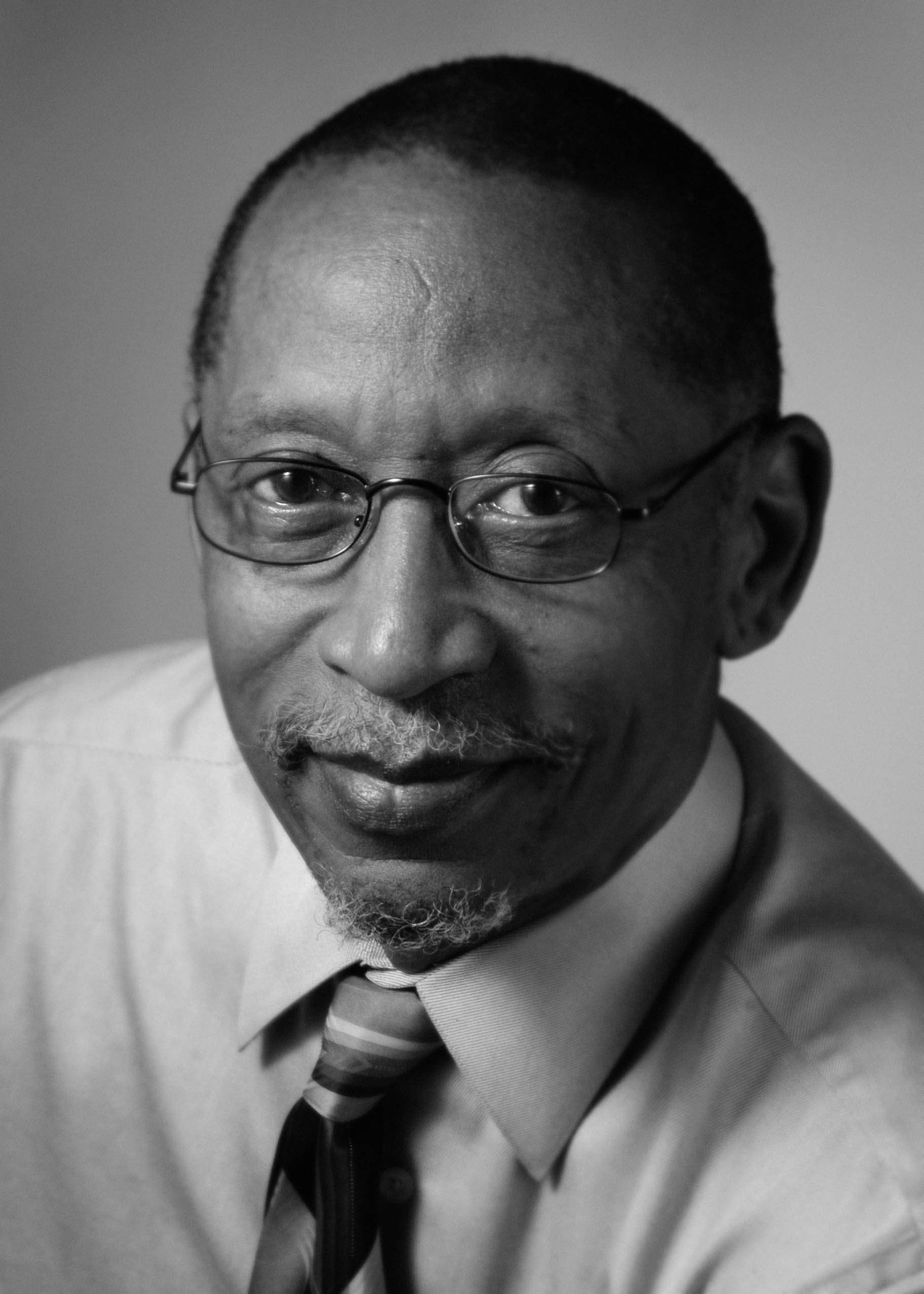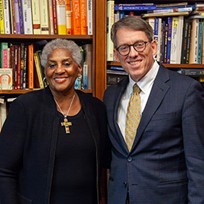Response to Opioid Epidemic Neglects Narrative of the Poor and Minorities
By Rev. Shakira Sanchez-Collins, MD, Columnist
Many politicians across the nation are now pushing for increased funding to address the opioid (i.e., oxycodone, heroin, and fentanyl) epidemic since overdose deaths in the United States have nearly tripled in the last decade. Notably, the overdose death rate has skyrocketed for white males and is higher than the rates for any other demographic group.
Not surprisingly, the pleas of many politicians have centered upon the narrative of the suburban middle-class white male who initially became addicted to prescription narcotics like oxycodone but then moved on to illicit narcotics like heroin due to its cheap cost of $10 per hit. Yet this emphasized narrative fails to capture the stories of the poor and minorities who also have been and are currently battling with addiction. In fact, the overdose death rate for non-Hispanic Blacks has increased at a rate similar to non-Hispanic Whites.
The current response of politicians is striking when compared to the “tough on crime” response to the crack epidemic that hit urban cities in the 1970s. In contrast, the current opioid epidemic is now also affecting white people living in suburban and rural neighborhoods. Now that those affected include the family members and friends of current politicians, the epidemic has become a national crisis prompting an empathetic response.
Last year, the United States Congress passed the 21st Century Cures Act which focused on speeding up the prescription drug approval process but also allocated some funding to address the opioid epidemic. With the help of these federal funds, in the month of April this year alone, several governors, including those of Maryland and New York, have announced increased funding for addiction treatment centers, alcohol rehabs, and naloxone kits distribution.
It is the hope of many that these strengthened efforts will impact not just the suburbs but also the urban neighborhoods where addiction continues to perpetuate neighborhood decline and crime. The opioid addiction component of the 21st Century Act only provides a small amount of additional funding. For the most part, those in poverty remain dependent upon Medicaid as their main funder for addiction treatment and services. As the current U.S. President and Republicans attempt to “repeal and replace” Obamacare, Medicaid expansion is one of the many U.S. policies at stake.
According to the Kaiser Family Foundation, the recent expansion of Medicaid covers inpatient detoxification and intensive outpatient programs in many states. Medicaid also increases access to naloxone, an opioid antidote that has saved many lives when used by paramedics and nearby non-medical persons in overdose cases.
With government assistance such as Medicaid, city officials are able to provide solutions that are accessible to all people who need them. A year ago in Baltimore, Maryland, a city where the heroin epidemic has heavily hit, the director of the Baltimore City Health Department wrote a city-wide prescription for the entire city for naloxone. Now, Baltimore citizens—regardless of economic or educational status—can complete a brief online training to carry and use naloxone in the cases of an overdose.
Medicaid helps to ensure that addiction recovery is within the reach of all those





